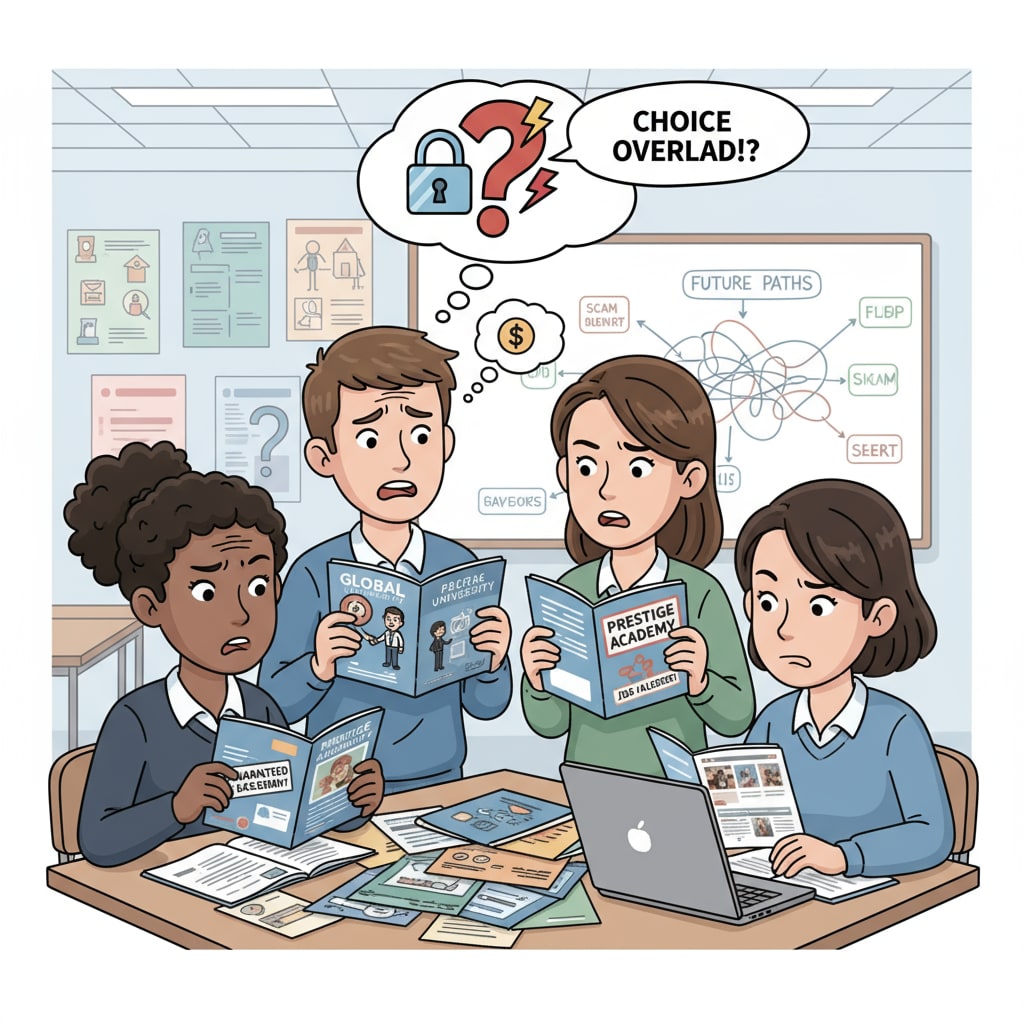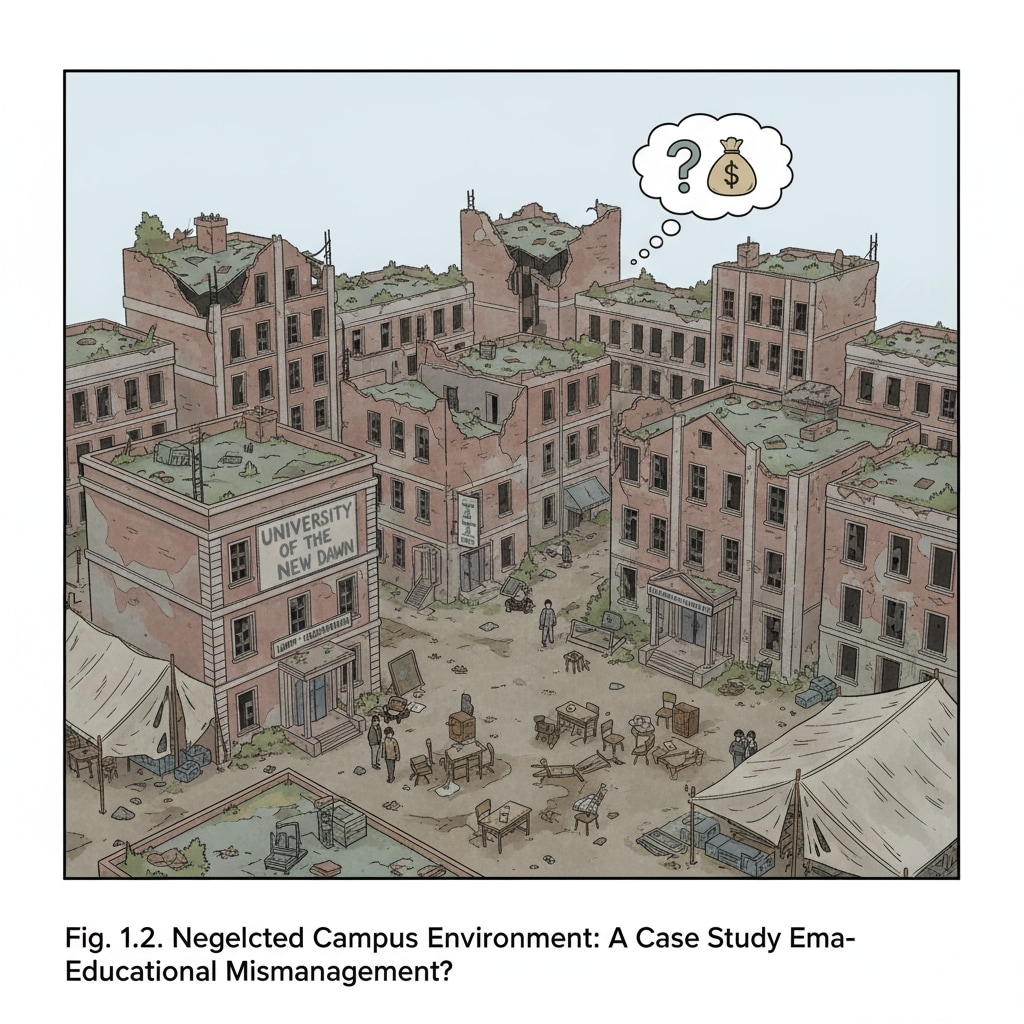The recent allegations of education fraud involving Schiller International University and GEDU Group have sent shockwaves through the educational community. This incident serves as a stark reminder of the potential pitfalls that exist in the education system, especially in the K12 sector. As parents and students navigate the complex landscape of educational choices, it’s crucial to be vigilant and informed.

The Alleged Fraud at Schiller International University
Schiller International University has long been regarded as an institution of higher learning. However, recent accusations have painted a different picture. The alleged fraud involves misleading students and parents about the quality of education, accreditation status, and career prospects. For example, students were promised state-of-the-art facilities and experienced faculty, but what they received fell far short of these expectations. According to Wikipedia’s page on education fraud, such practices are unfortunately not uncommon in the education world.

The Role of GEDU Group in this Affair
The GEDU Group, associated with Schiller International University, also comes under scrutiny. There are claims that the group might have played a role in the mismanagement and misrepresentation. It’s suspected that financial motives might have been behind some of these actions. As per Britannica’s article on the education industry, financial pressures can sometimes lead to unethical behavior in educational institutions.
Understanding the dynamics between Schiller International University and GEDU Group is essential. This relationship might have influenced the decisions and actions that led to the alleged fraud. For instance, issues like resource allocation and strategic planning could have been skewed due to the group’s influence.
Identifying Red Flags in K12 Education
Now that we’ve seen the example of Schiller International University, it’s time to focus on how to identify potential fraud in K12 education. One of the first red flags is overly aggressive marketing. If a school is promising guaranteed high test scores or a one-size-fits-all approach to education, be wary. Another sign is a lack of transparency. Schools should be open about their curriculum, teaching methods, and faculty qualifications. Additionally, if a school’s accreditation seems unclear or unrecognized, it’s a major warning sign.
Parents and students should also research the school’s reputation. Look for reviews from current and former students, and check if there have been any complaints or legal issues. In addition, visit the school in person to get a feel for the environment and facilities. This hands-on approach can provide valuable insights that marketing materials might miss.
Preventive Measures for Parents and Students
Prevention is better than cure when it comes to education fraud. Parents should start by educating themselves about the different aspects of K12 education. Understand the importance of accreditation, curriculum standards, and teacher qualifications. When considering a school, ask for detailed information and don’t be afraid to ask tough questions.
Students, on the other hand, should be involved in the decision-making process. They can research the school’s extracurricular activities, clubs, and student support services. This will not only help them make an informed choice but also ensure that the school environment is conducive to their overall development. As a result, both parents and students can work together to make the right educational decisions and avoid falling into fraud traps.
Readability guidance: By breaking down the content into short paragraphs and using lists where appropriate, we’ve made the information easier to digest. The use of external links provides additional resources for readers to explore. The inclusion of transition words like “however”, “therefore”, and “in addition” helps to create a smooth flow of ideas.


